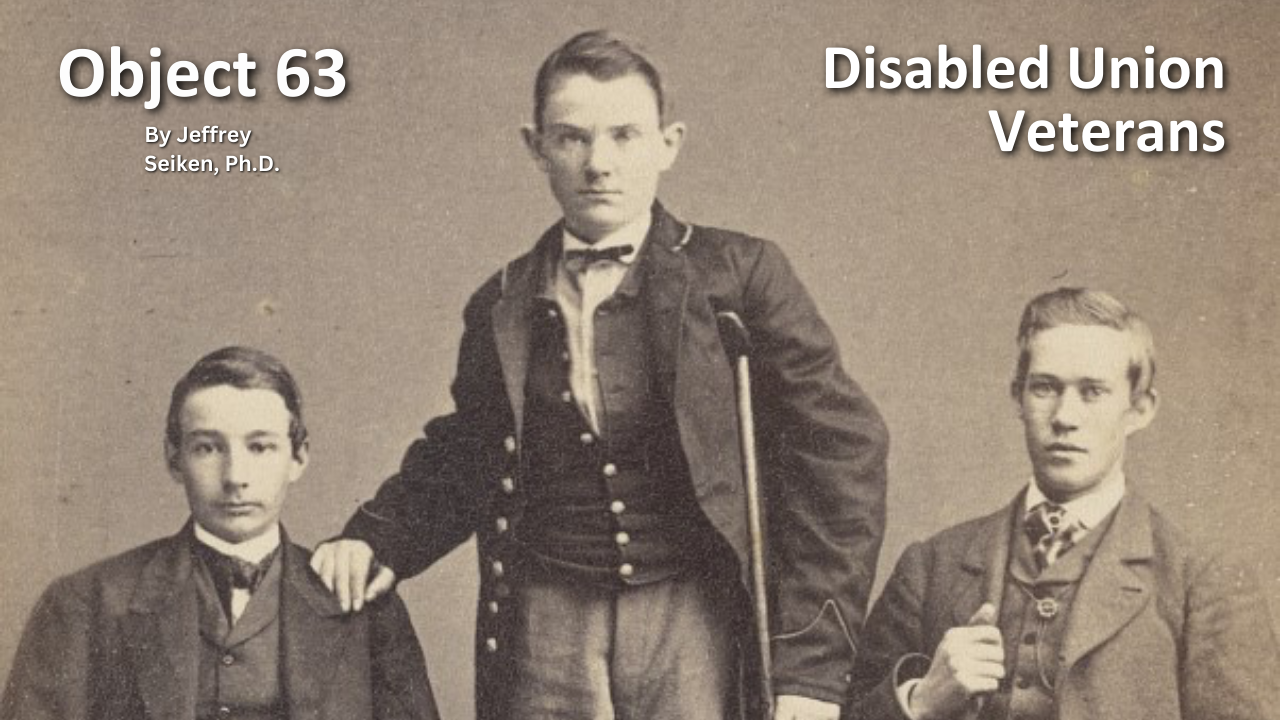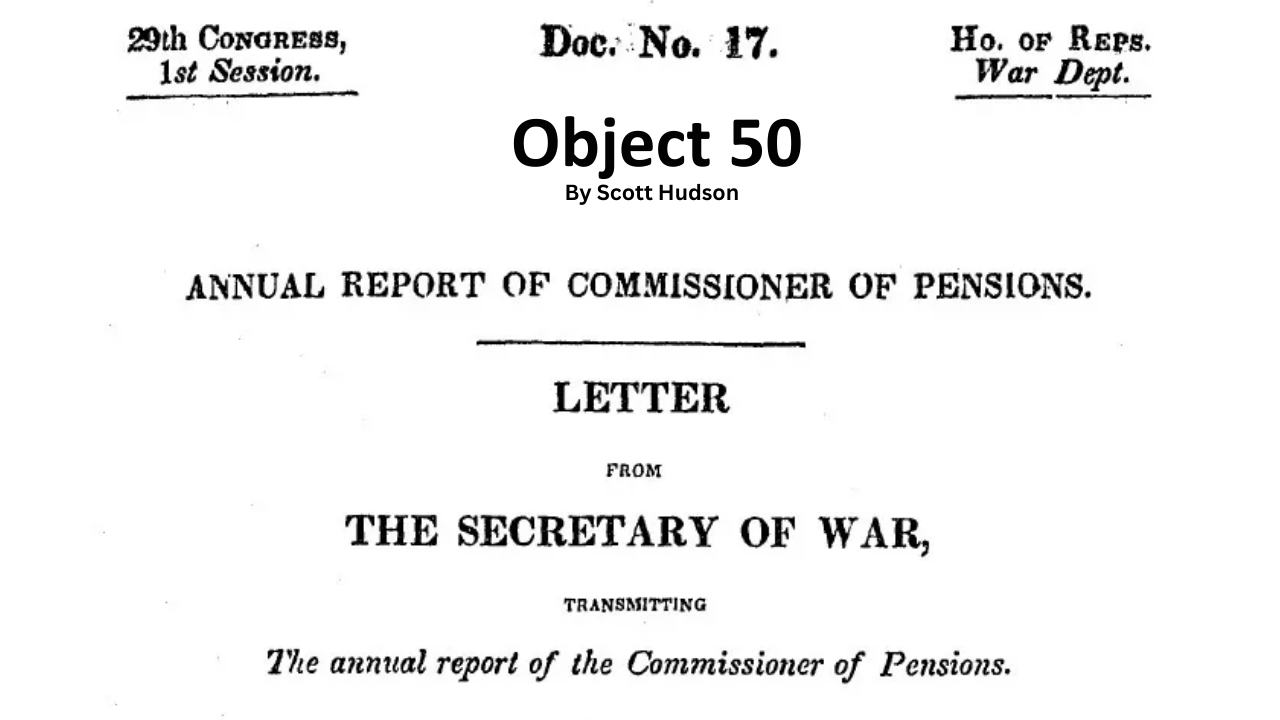
History of VA in 100 Objects
Object 63: Disabled Union Veterans
The North’s victory in the Civil War came at an enormous cost to the more than two million men who fought for the Union cause. Over 350,000 lost their lives due to battle or disease. Almost as many were wounded in action. According to Northern medical records, Union surgeons performed just under 30,000 amputations during the war. For these disabled Union Veterans, Congress made provisions to provide monetary compensation. In July 1861, lawmakers hastily passed a law for Union recruits making them eligible for the same pension allowances as soldiers in the Regular Army. Later in 1862, for the first time, a pension law explicitly granted benefits not just for men wounded in battle but also to those suffering from “disease contracted while in the service of the United States.”

History of VA in 100 Objects
Object 50: Commissioner of Pensions Annual Report
In 1832, the federal government found itself with a pension problem largely of its own making. In June, Congress passed a law granting a pension to all surviving Revolutionary War Veterans who had served for at least six months, but the increased applications overwhelmed the staff handling claims. A Commissioner of Pensions was then appointed to address the issues.

History of VA in 100 Objects
Object 7: Portrait of Revolutionary War Veteran Joseph Winter
More than 15,000 Revolutionary War Veterans qualified for a pension. Veteran Joseph Winter was one of the unlucky few who did not. Winter lived in a settlement near Bethlehem, Pennsylvania before the war, where he supported his family as a weaver. As he grew older, his vision deteriorated and he could no longer perform the work required by his chosen trade. With no pension, Winter became homeless.


